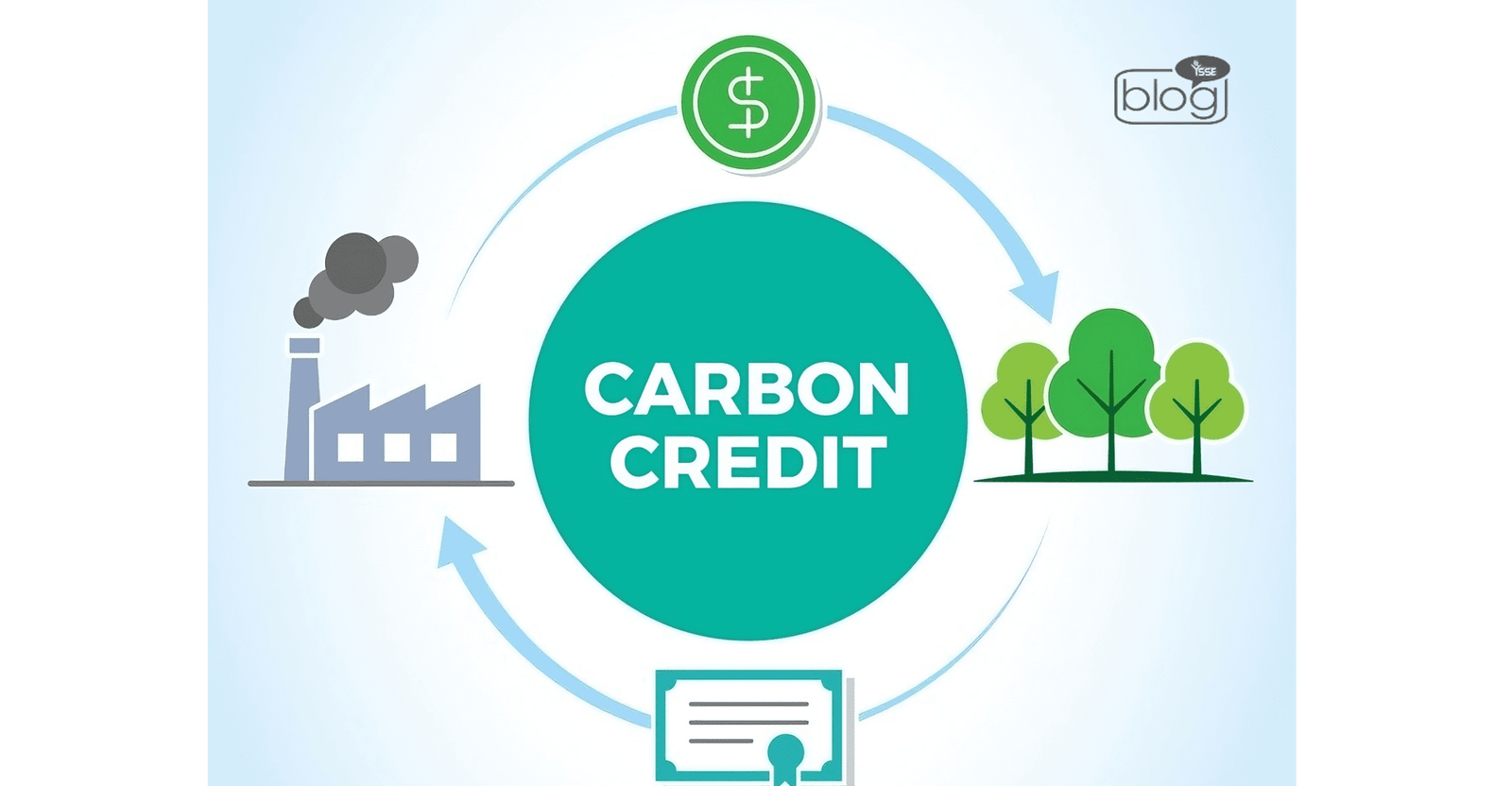Climate change and global warming are two of the most emerging and concerning issues of recent times. Global communities have been trying to combat these issues for so long and came up with various solutions, Carbon Credit system is one of them. This is an innovative approach that incentivizes businesses and individuals to reduce their carbon footprint, contributing to a more sustainable and resilient future.
So, what is carbon credit? Carbon credits are a form of tradable certificate or permit to allow businesses to emit carbon dioxide or other greenhouse gases up to a certain level. One carbon credit is equal to 1 ton of emission of carbon dioxide. Carbon credit is issued by the United Nations Framework Convention on Climate Change (UNFCCC). There are several carbon certification programs that issue carbon credits, which includes Verra, Natural Capital Partners, Plan Vivo, Clear.
The idea of carbon credit revolves around building a market-driven and self-sufficient system where the entity that emits less greenhouse gases saves more credit that can be traded with another entity that requires more credit because they find it economically challenging or unable to meet emission reduction targets, in other words, exceed credit score. Thus, by exchanging credits, businesses create a system where net emission remains the same.
Let’s talk about how Carbon Credit works to combat climate change. Firstly, it creates financial incentive for businesses that try to adopt a greener approach and achieve sustainability. Companies become motivated to adopt this system because of the monetary value that is assigned with the system. For doing so, they invest in cleaner technologies and practices, ultimately driving the transition to a low-carbon economy with less footprint. Secondly, adopting carbon credit systems encourages innovation by rewarding entities who implement creative and effective solutions to reduce greenhouse gas emissions. This incentive system leads to innovation of various sustainable technologies and implements them in the production system. Thirdly, it encourages global collaboration by bringing together companies and governments from different parts of the world to work towards emission reduction. This creates a sense of responsibility and encourages collaborative effort to combat global warming and climate change.
There is no doubt that carbon credit offers an innovative approach to combat carbon emission, but it has some drawbacks. Some critics argue that the carbon credit system can be vulnerable to fraud, lacks uniform standards, and may sometimes allow businesses to continue emit pollutants without making significant changes by paying fines or buying credits, which ultimately leads to exploitation of the system. Moreover, money acquired from credit exchange should have been invested in green technologies such as solar and wind energy or used for carbon sequestration/storage. But, this investment needs to be monitored thoroughly.
Though this system has flaws, it can be overcome by continuous monitoring and development as it is a newer concept. Future of carbon credits appears promising as more businesses and governments address the urgent need to combat climate change. Constant efforts to redefine, develop and standardize the carbon credit system, along with rising global cooperation and collaboration, can improve its effectiveness in combating carbon emissions, contributing to achieving SDG and ensuring a better environment for all of us.
To read more blog like this, visit
Hasibul Ahmed Pulok
Content Writing Department
Youth School for Social Entrepreneurs

